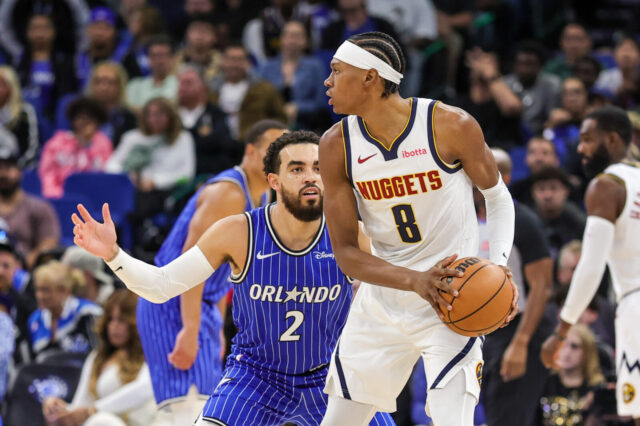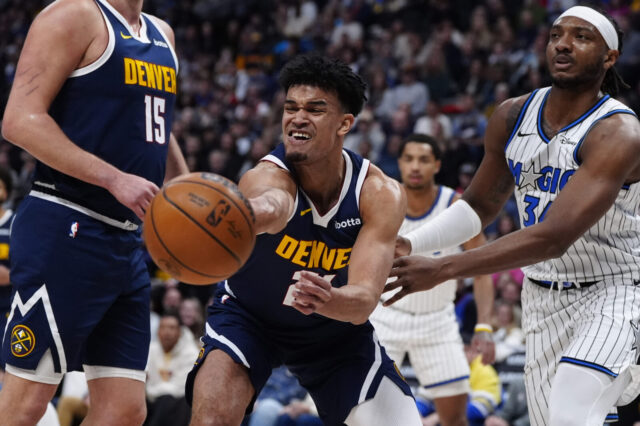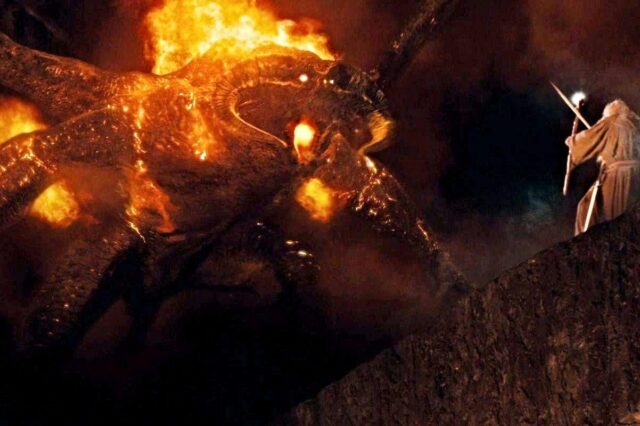With the NCAA “March Madness” Tournament at the forefront of our attention these past two weeks, a big topic nationally has been whether or not college athletes – who generate millions upon millions of dollars for their respective universities and the NCAA at large – should be paid for their athletic services.
My take? If you want to put an end to this (legitimate) debate, let those good enough to play professional basketball bypass the NCAA altogether and go straight to the NBA's Development League, or D-League. If the NBA wants to keep it's (arbitrary) 19 year old age eligibility in place I say fine, but don't deprive these young adults from making a living at the age of 18. Let them play professionally and pay them accordingly to do so. Even if it means one season of D-League play if necessary.
First off, the NBA’s history of allowing high schoolers into their major league isn’t as checkered as one might think. In fact, a majority of the high school entries since 1995 became legitimate NBA stars, including Kevin Garnett, Kobe Bryant, Jermaine O’Neal, Tracy McGrady, Tyson Chandler, Amar’e Stoudemire, LeBron James, Dwight Howard and Andrew Bynum. And even among the non-stars, far more high schoolers turned out like Al Harrington and Rashard Lewis than Jonathan Bender and Darius Miles. Even “busts” like Kwame Brown, Eddy Curry, Shaun Livingston and Sebastian Telfair eked out nine-plus seasons apiece in the NBA and made millions while doing so (Curry in particular pocketed $70 million in gross salary … $70 million!!).
Meanwhile, thanks to the NBA’s age limit NCAA college basketball has become a fiefdom for “one-and-done” players – i.e. players who play for a lone freshman season only – such as Derrick Rose, Carmelo Anthony, John Wall, Anthony Davis, Kyrie Irving, Tyreke Evans, DeMarcus Cousins and so on … otherwise known as “The John Calipari Rule”. And not only has the “one-and-done” rule made college basketball less watchable than it’s ever been (how many sub-60 point games can we watch in this year’s NCAA Tournament before crying “uncle!”?), but it doesn’t really benefit the young adults playing or the NBA either. The athletes serve as a one-year rental while their institutions dedicate hundreds of thousands of dollars in recruiting expenses while constantly looking over their shoulders for concerns about recruiting violations.
But if the NBA insists on retaining it’s 19 (or even 20 as is being considered by new NBA Commissioner Adam Silver) year age limit – an argument that has some good merits, by the way – the D-League is still a better home to begin one’s basketball career than a NCAA institution.
Moreover, allowing star 18 or 19 year olds to play professionally in the NBA’s D-League would be a boon for both the NBA’s minor league and the NBA itself … especially if the D-League affiliates are located within driving proximity to their NBA franchises (a model that is already working as noted in Grantland’s Adam Wilk’s recent column on D-League success stories). Not only would it give regional fans of NBA franchises an affordable option to see professional basketball, but it would increase regional interest for the NBA team when the one-and-done player makes the D-League-to-NBA leap when he comes of age. Can you imagine if the New Orleans Pelicans‘ Davis had played for the Baton Rouge Pelicans for a year before joining the NBA? Or if Rose had done his “freshman season” in Springfield, IL before coming to Chicago? Or if Anthony was a member of the Colorado Springs Nuggets before becoming a Denver Nugget? Talk about ancillary revenue streams that the NBA is leaving on the table.
So rather than expose the likes of Davis, Rose and Anthony (and their collegiate institutions) to NCAA rules violations, why not expose them to a fan base that will embrace them for years to come?
And for those not ready to jump into the D-League at all, the NBA should impose a Major League Baseball-style system mandating a minimum of two years at a NCAA institution. This would be better for college basketball while giving NBA teams two full years of analysis before selecting collegiate players in the NBA Draft. After all, one year of college performance is a poor indicator of what’s to come in the NBA, just ask the NBA GMs who drafted Anthony Bennett, Austin Rivers, Tristan Thompson, Ben McLemore, Quincy Miller and the many other “one-and-done” draft selections who desperately needed some additional college seasoning, so to speak.
Look, I love the NCAA Tournament – to me it’s the greatest national sports spectacle that our country has to offer. And I really miss the “good ‘ol days” when the NCAA Tournament was a showcase for great college players destined for NBA careers, like Grant Hill, Chris Webber, Michael Jordan, Patrick Ewing, Christian Laettner, Hakeem Olajuwon, Chris Mullin, Alonzo Mourning, Tim Duncan, Jason Kidd, Larry Johnson, Danny Manning and the countless others that I grew up watching in the early 1980s through mid-2000s. Everyone on that list played at least two seasons and many played four.
But those days are long gone. With the biggest of big money available at the professional level combined with the always lurking risk of a career-ending injury, I don't blame any young adult for jumping at the opportunity to better his future when that opportunity presents itself.
Looking at the long view, I'm convinced that it would be better for all for the NBA to expand it's D-League into 30 affiliates, allow 18 year olds to (again) be drafted into the NBA and then develop them in the D-League for one or two seasons before making the big league jump. Gone would be the days where Anthony Bennett types play one year of college only to collect dust on NBA benches as they would instead be playing 40 minutes a night for an NBA-sanctioned program with NBA quality coaching, training, support, etc.
And it would be better for the NCAA, too, as we'd see more and more universities adopt a Wisconsin-style program that focuses on building great teams and great student athletes rather than scoring "one-and-done" recruits only to satisfy the egos of boosters.


